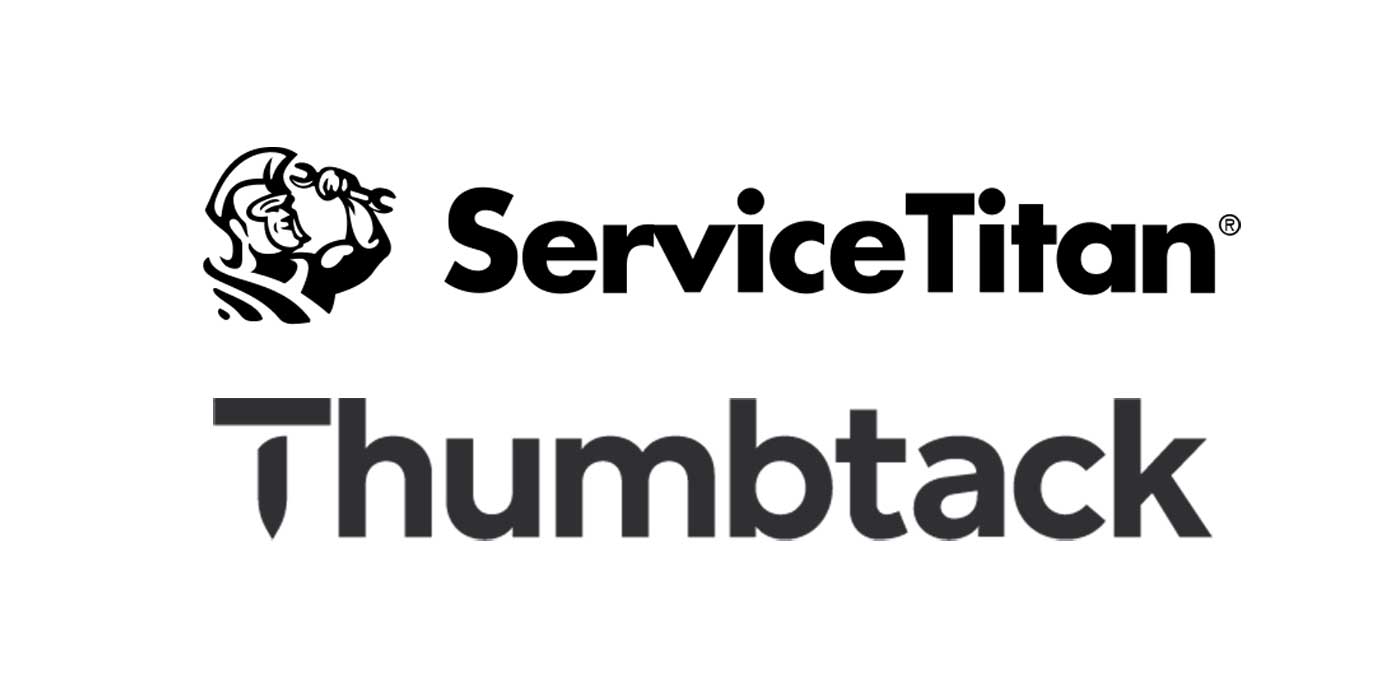There are a few variables to look at when calculating the total cost of ownership (TCO) of your vehicles, including acquisition cost, operating costs, depreciation and more. However, the one variable that carries some of the largest cost is maintenance.
Maintenance cost will increase during a vehicle’s lifetime, ultimately affecting lifetime costs of ownership. According Ernst & Young, maintenance costs increase exponentially with each year that a vehicle is in service. One company that was studied spent an average of 2.1 cents per mile on maintenance during the first year of vehicle ownership. By the seventh year, maintenance costs had skyrocketed to 16.2 cents per mile.
The age of a vehicle is only one of the predictors of maintenance costs. Another predictor is the quality and consistency of maintenance across the lifetime of the vehicle. This is why it is important for fleet managers and owners to take steps to minimize costs as much as possible. Installing telematics software in your fleet is one of the most effective ways to ensure regular and effective upkeep of maintenance, especially because of its ability to automate processes.
So, how exactly does telematics software’s ability to automate and manage processes improve maintenance? Let’s take a look.
Moving from reactive to preventive and predictive maintenance
There are three maintenance strategies that fleets can follow.
Reactive maintenance refers to repairs that are done when a vehicle has already broken down in order to restore it to its normal operating condition.
Preventive maintenance is performed to lessen the likelihood of a vehicle breaking down. Repairs are done while the vehicle is still in working condition so that it doesn’t fail unexpectedly. For example, it can refer to getting a vehicle serviced every certain number of miles or every few months.
Lastly, there is predictive maintenance. This is where one determines the current condition of in-service vehicle parts to estimate when maintenance should be performed.
Preventive and predictive maintenance strategies are much more desirable. Reactive maintenance might be easy to understand and require less planning or staff involvement, but it is also highly unpredictable, extremely costly and poses a safety risk to your fleet and drivers.
Preventive and predictive maintenance can help fleets:
- Schedule technicians ahead of time so you don’t have to wait for their schedule to free up in your time of need.
- Identify trends of failure in certain vehicle types or parts of particular vehicles, which may inform your purchase choices in the future.
- Get support for warranty claims. If a certain part is wearing out too quickly in comparison to the manufacturer’s recommendation, you have proof to back this up and submit a claim.
- Prevent a string of faults from occurring. Sometimes one part’s wear and tear or damage can lead to another part suffering.
- See whether technicians are properly repairing or maintaining vehicles. Did they repair it to the best of their ability or are parts failing sooner than they should due to a haphazard job?
Telematics software keeps track of all of the parameters, such as fuel consumption and engine hours, that fleet managers normally need to practice preventive and predictive maintenance.
Engine monitoring and service notifications
A telematics solution provides access to engine diagnostic data such as fuel usage and fill-ups, odometer readings, engine temperature, oil pressure, RPM, idling, true engine hours and more.
Traditionally, fleets maintain their fleets based on time and/or mileage. While this approach is useful and valid, there are some disadvantages. For example, if you change the oil every three months, whether it’s needed or not, it can lead to the over-maintenance of lightly used vehicles and neglect of vehicles that need servicing more often.
Now, with more data at hand, fleets can switch over to or add usage-based maintenance to their repertoire. Usage-based maintenance is maintenance triggered by the actual utilization of a vehicle. Not only does this strategy help fleets practice preventative maintenance but also predict future occurrences.
Telematics solutions offer a variety of ways to keep on top of your maintenance schedule. Firstly, you get daily and weekly reports on what’s happening with each vehicle. Secondly, you get notifications based on specific dates, when a certain mileage point is reached or when you hit a predetermined engine-related milestone.
For example, if you’re monitoring battery voltage, you can be notified when the voltage falls below a certain level while driving or you can be notified on a specific date that the battery needs to be checked or replaced.
No matter whether you perform maintenance based on usage, mileage or time, telematics can help you set up and sustain a schedule with notifications that is based on past trends in data and the current needs of your fleet.
A well-known bus operator that practices preventive maintenance configured its telematics software to measure key vehicle parameters including engine temperature, oil pressure, battery voltage and accelerometer data. Each of the above parameters were chosen with the aim of extending the life of their vehicles, decreasing downtime and increasing passenger comfort.
The fleets telematics software sends out alerts when certain limits (set by the fleet’s standard) are reached. For example, when any vehicle’s engine temperature reaches 217.4 degrees Fahrenheit, the engineering team is notified to closely monitor that particular vehicle. If it continues to rise (not stabilizing or dropping), a replacement vehicle is sent out so that the offending vehicle can be serviced.
Due to these preventive measures, the bus operator managed to save three engines (which equates to a cost saving of nearly $40,000), decrease downtime, reduce cost to customers and increase the sophistication of its data analysis.
Management and improvement of driver behavior
Having a regular, data-based maintenance schedule is extremely important. However, poor driver behavior can undermine what you’re trying to achieve with this schedule.
Everyone knows that certain driving behaviors, such as speeding, can put your fleet at risk and decrease overall safety. But these same behaviors can also lead to a higher-than-normal rate of breakdown and increased maintenance costs. Among them are:
Driving on a near-empty tank: Monitoring fuel consumption not only help you take control of costs but how frequently your drivers fill up can have an impact on maintenance. If drivers are constantly driving on near-empty fuel tanks, it allows the rust, dirt and grime that usually sits at the bottom to get ingested back into the system. Long-term, driving on an empty fuel tank can lead to failure and expensive replacement that could have been prevented.
Harsh braking: Emergency stops are necessary from time to time. But constantly braking at the last minute is very harmful. It causes brakes to overheat which reduces their lifespan and damages the metal components of brake pads, making them slippery and therefore less effective.
Excessive idling: Idling not only wastes fuel and is harmful to air quality but also increases the need for maintenance. Excessive idling (beyond 5 to 15 minutes) can create engine wear and carbon soot buildup in both the engine and components. It results in a decrease in oil life and thus increases the need for more frequent oil changes.
Harsh acceleration: Harsh acceleration places a heavy load on drivetrain components.
Telematics solutions can help fleets monitor the above behaviors and give you the data and tools you need to improve or eliminate them.
At the end of the day, maintenance is the key to ensuring your fleet is given the capability to operate at full capacity. On-time, data-based maintenance will help to increase the safety of your drivers, reduce overall risk, lessen downtime, save money and prevent future problems from occurring.
This story was contributed by Jonathan Bates, executive vice president, MiX Telematics.














